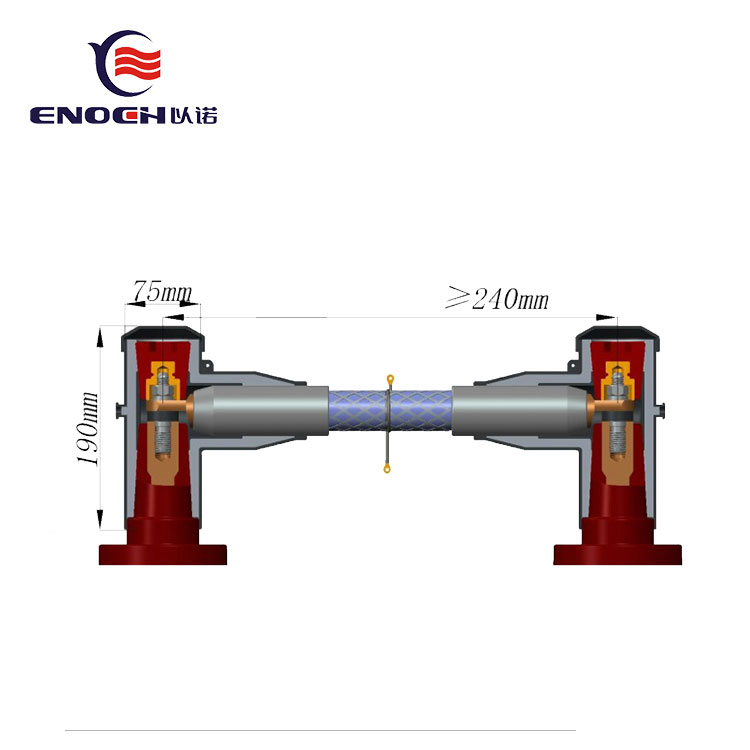What is the role of the busbar for switchgear?
2025-06-17
The busbar for switchgear is one of the most core conductive structures inside the switchgear. Its core role is to efficiently gather and distribute electric energy. Like the "artery" of the power system inside the switchgear, the switchgear busbar is responsible for centrally accessing the huge electric energy from the main power source (such as transformers or upper-level distribution devices) in the future, and accurately and reliably transmits and distributes the electric energy to each key branch circuit in the cabinet according to the electrical primary scheme. These branch circuits are usually connected to important components such as circuit breakers, disconnectors, current transformers, and voltage transformers. Therefore, the switchgear busbar constitutes the basic skeleton and energy path for the realization of the entire switchgear function. It enables the switch units with different functions to work together to achieve the reception, control, protection, measurement and redistribution of electric energy.
In order to carry the working current that may be as high as thousands of amperes and ensure the safety of long-term power supply, the switchgear busbar is usually made of rectangular cross-section copper or aluminum bars, which have excellent conductivity and low impedance characteristics brought by large cross-section. Its specifications must strictly match the design capacity to ensure sufficient current carrying capacity and effectively control temperature rise. At the same time, reliable connection of the switch cabinet busbar is crucial. Its installation and fixation must be stable, the contact surface must be flat and proper contact pressure must be applied. If necessary, conductive paste should be applied to reduce contact resistance and prevent oxidation, so as to avoid local overheating or even melting accidents caused by poor contact.
In terms of design, the busbar system must have sufficient mechanical strength and electrical insulation strength to withstand the huge electric repulsion (dynamic stability current) and short-term thermal shock (thermal stability current) generated by short-circuit faults inside the cabinet. Usually, sufficient safe insulation distance should be maintained between busbars and between them and the ground, and high-strength insulation sheaths, partitions or a combination of air insulation and solid insulation should be installed to ensure that insulation is always reliable under various operating conditions, including high humidity and high pollution environments.
In short, the design, material selection, installation and insulation protection level of the switch cabinet busbar directly determine whether the entire switchgear can transmit electric energy for a long time, safely and efficiently, and is an indispensable physical basis for the stable operation of the entire distribution system.


